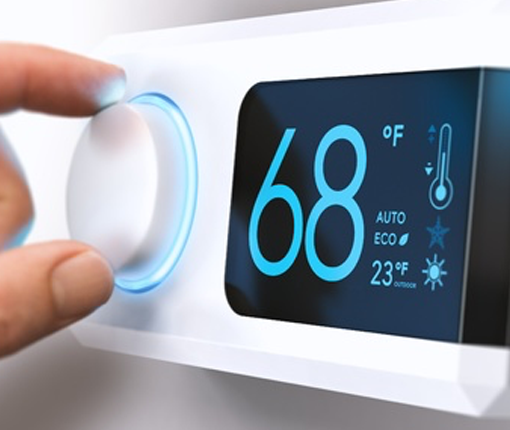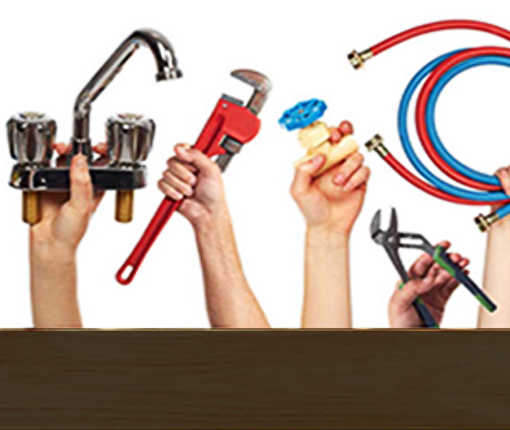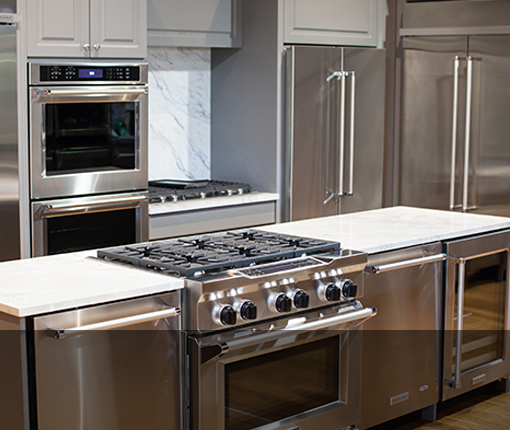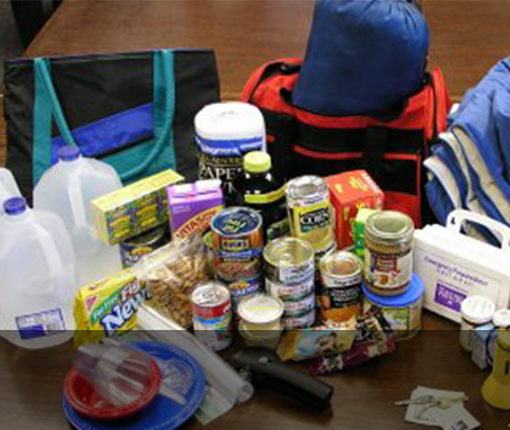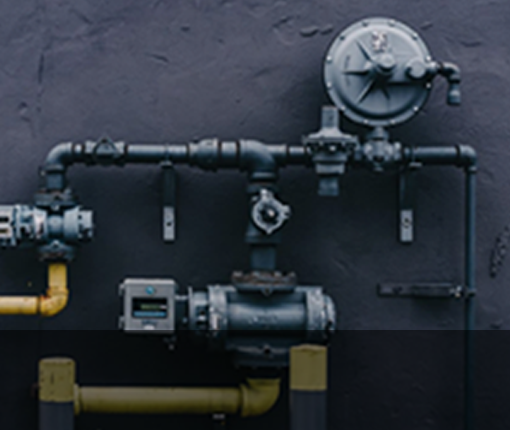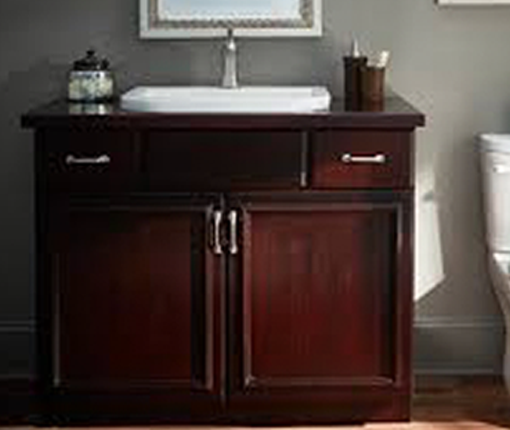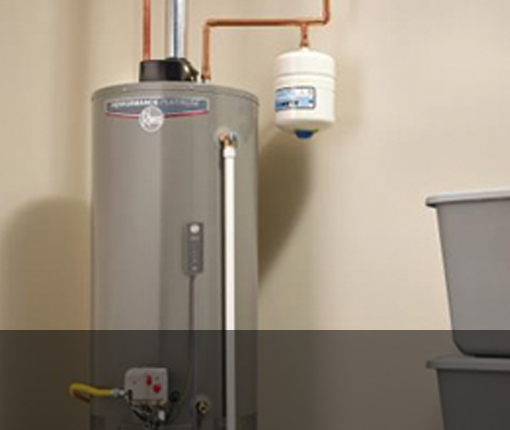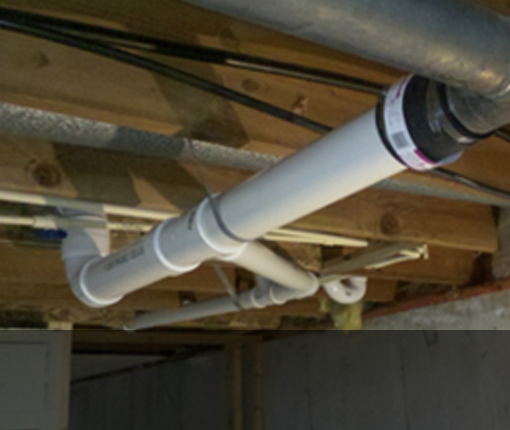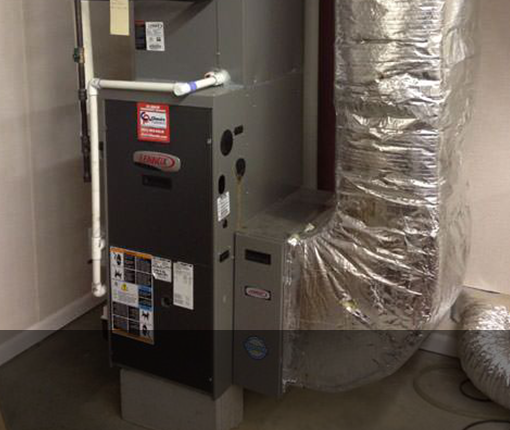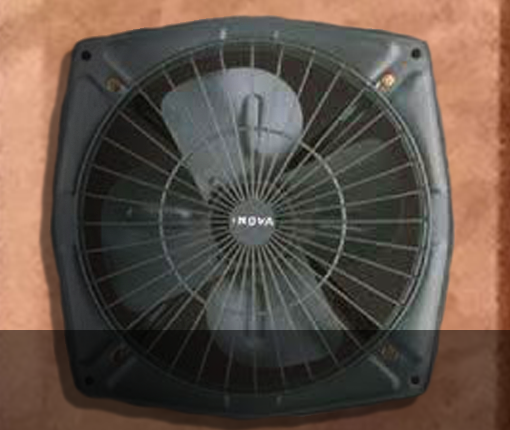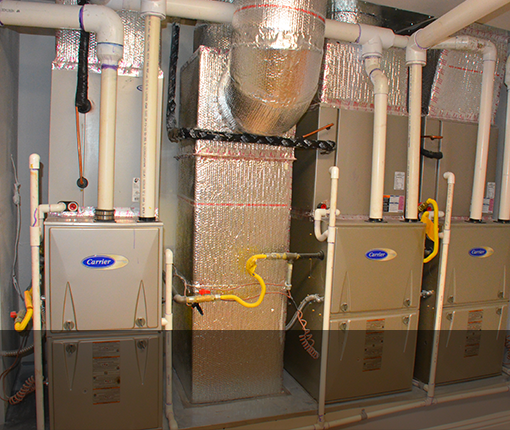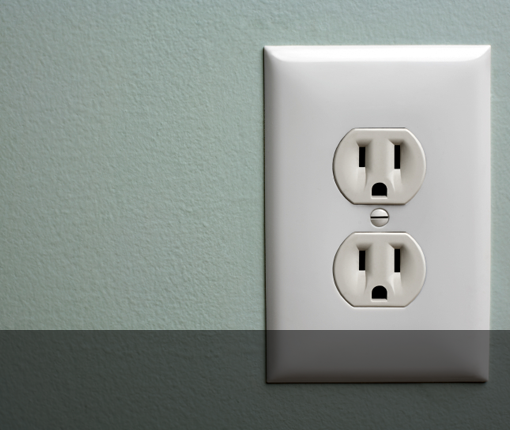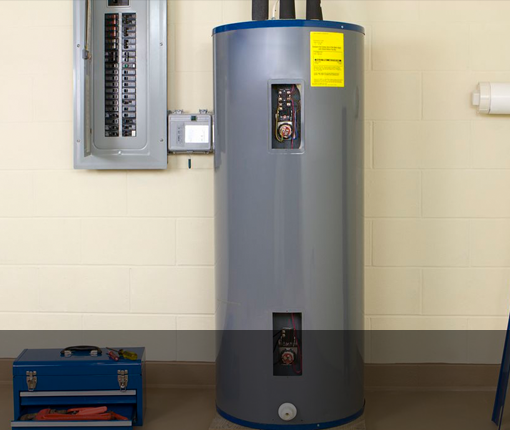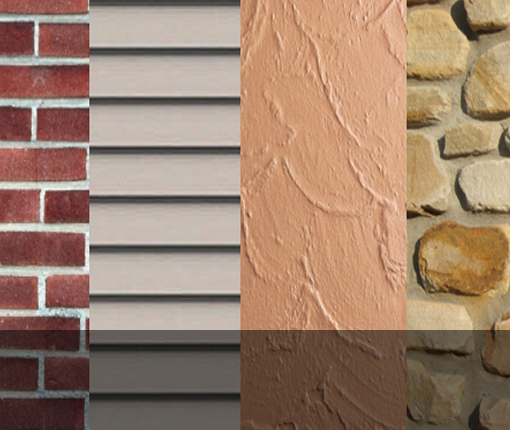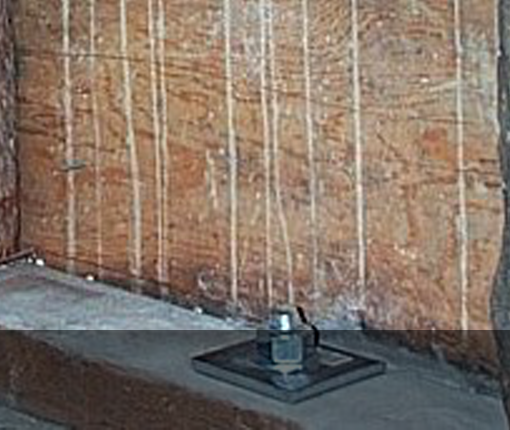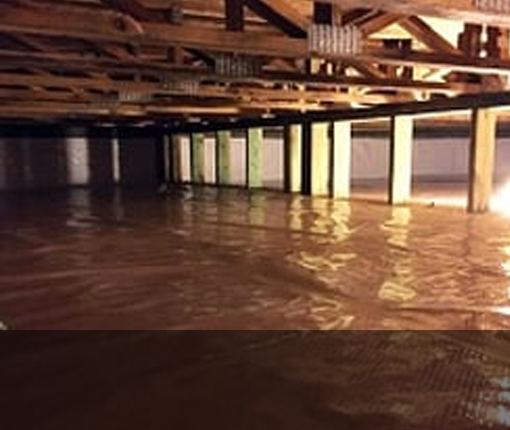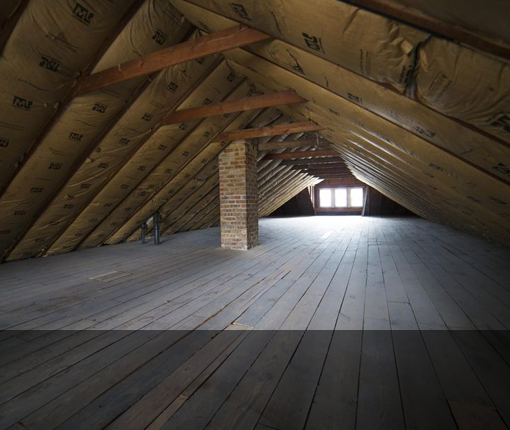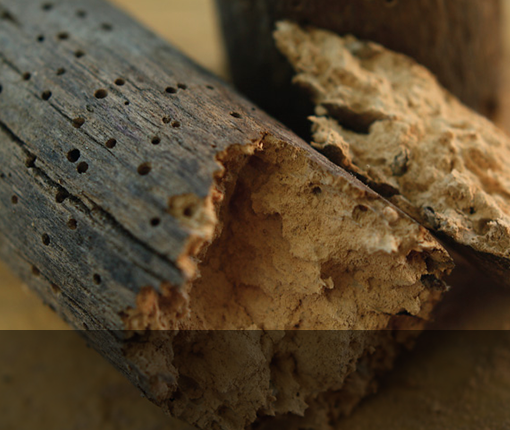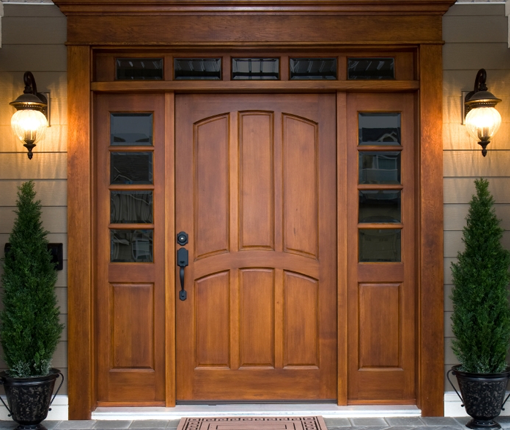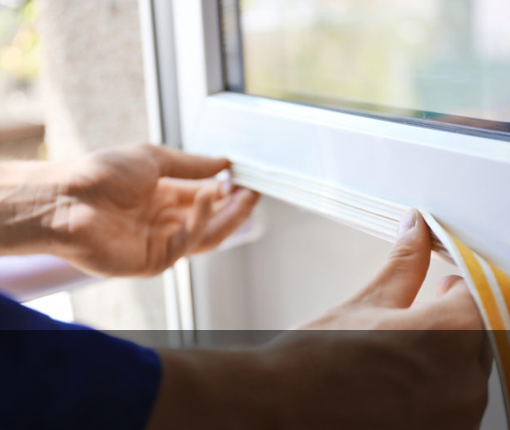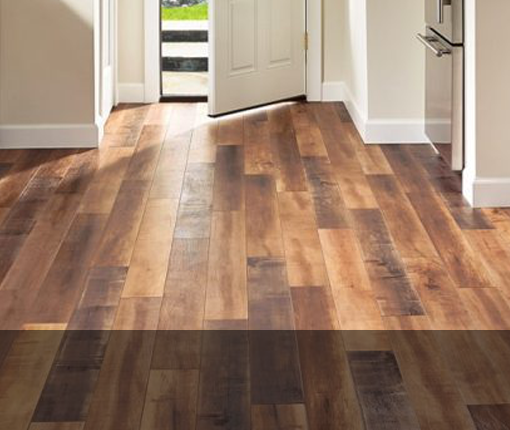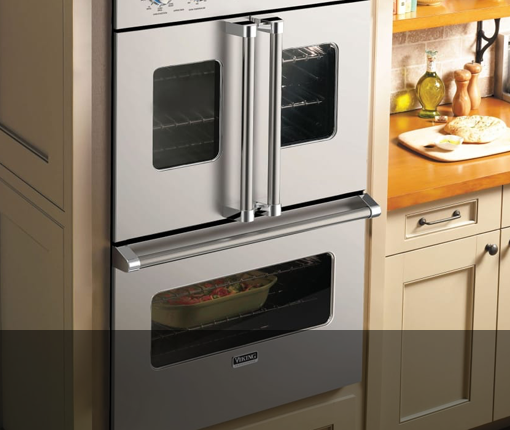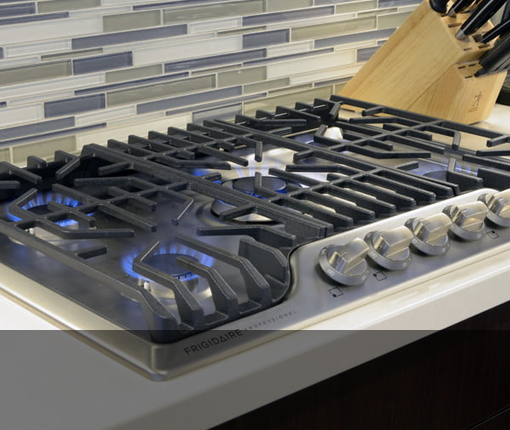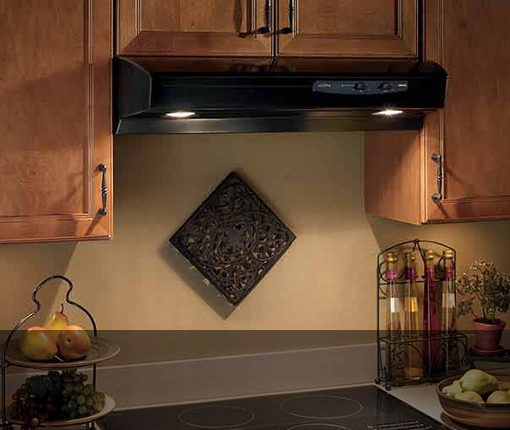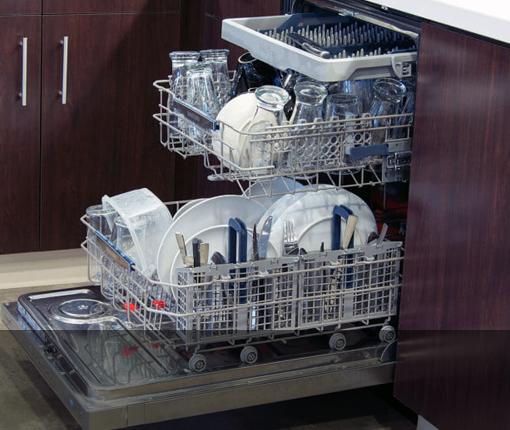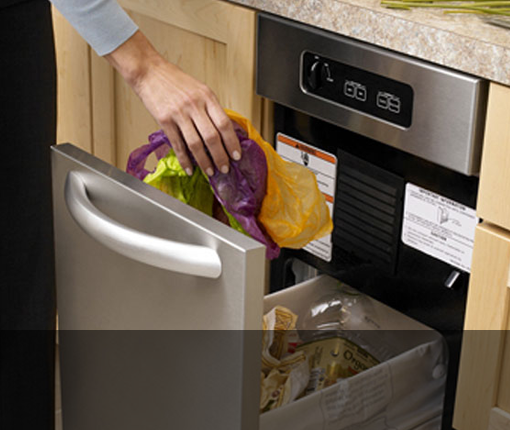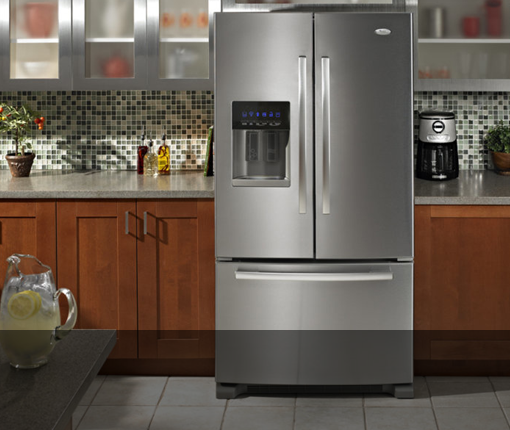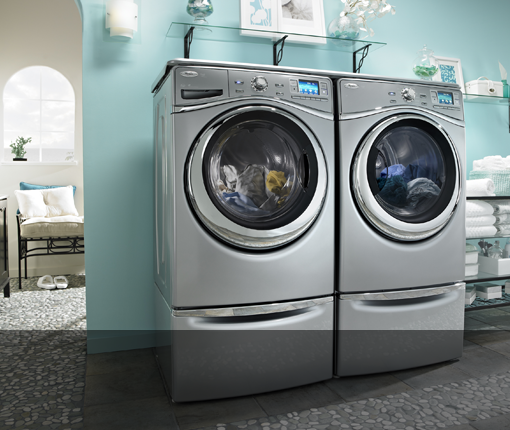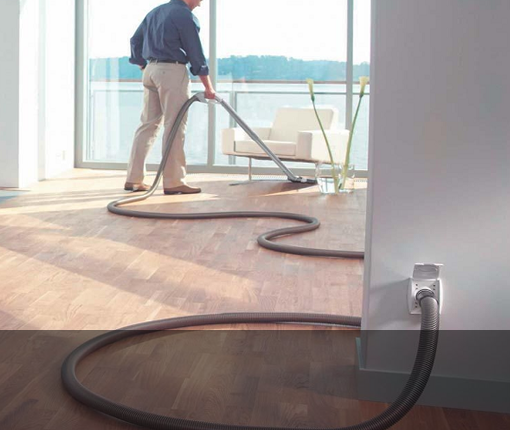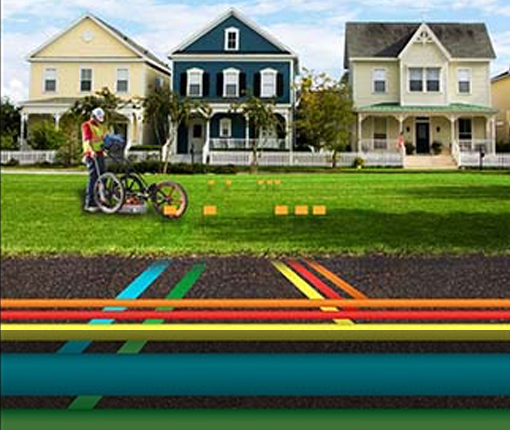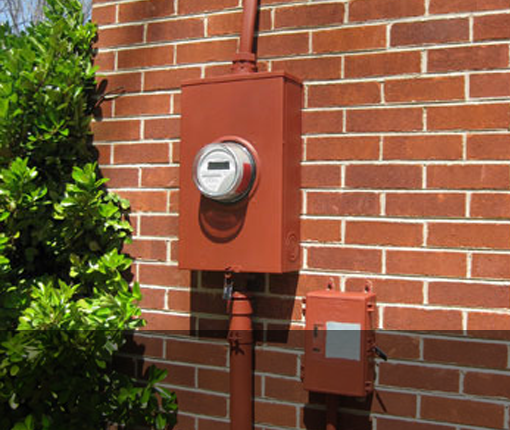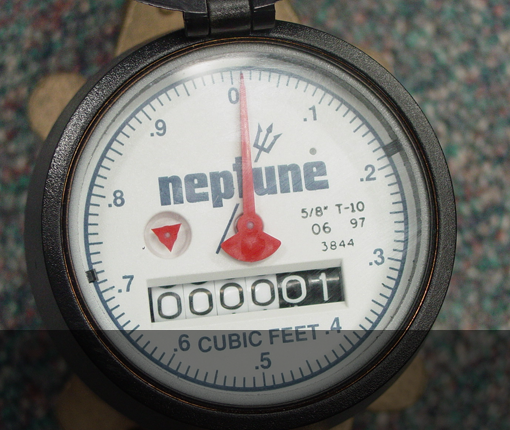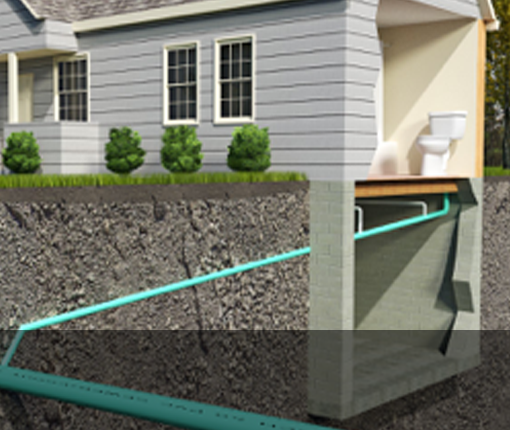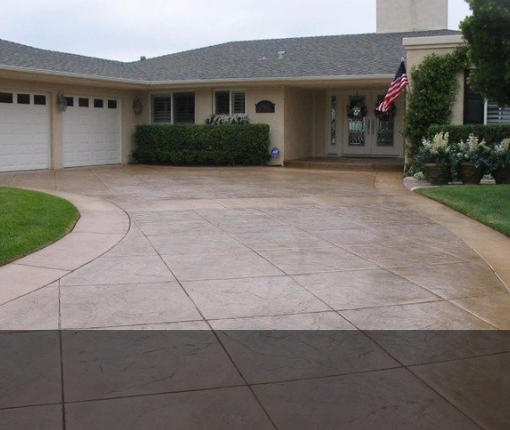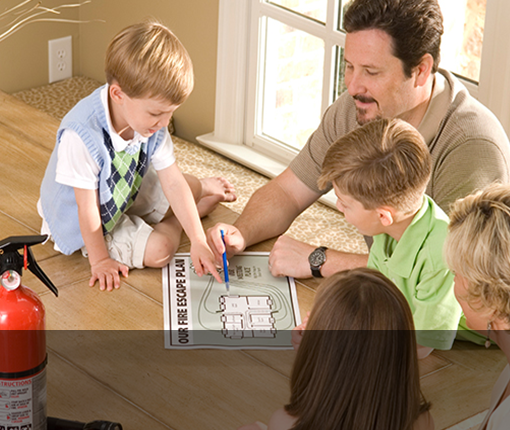Air Quality
Air quality is an important topic for every homeowner and especially those with sensitivities to dust, pollen or mold.
Quality construction makes for better breathing
The quality of your air is affected greatly by the initial construction quality of the home’s infrastructure. After construction, the air can only be somewhat managed by filters, registers, ducts and HRV’s.
Homes equipped with FAU’s have the ability to move air throughout the house. As a result they can play a role in either improving or further degrading the interior air quality. Everything depends on the quality and/or state of repair of the system.
The primary contributors to poor air quality include:
- Off-gassing of the interior finishes.
- Intrusion of polluted air from the crawlspace and/or attic.
- Infiltration of polluted air from the outside.
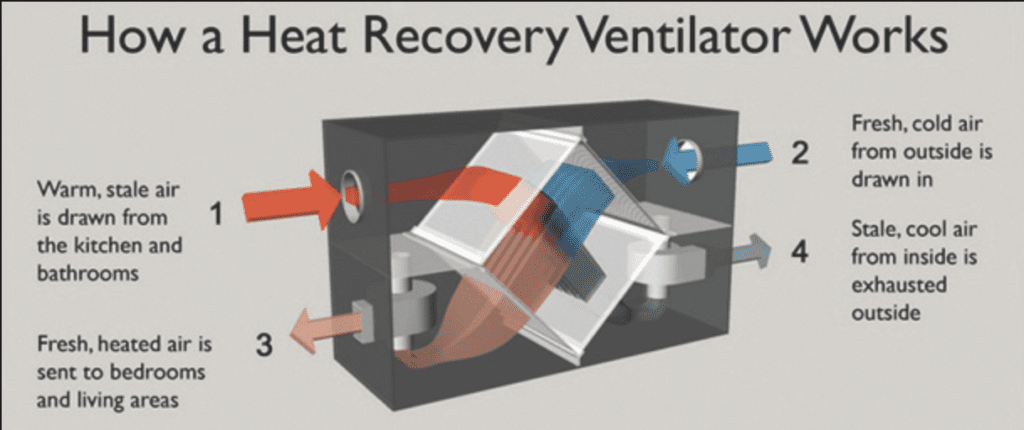
Outside air issues
Air from outside the home can be tainted with smoke, molds, pollen and dust. Air from the crawlspace and attic can also contain dust, fiberglass particles, mold, mildew, sewer gasses and radon. Off-gassing from inside the home is usually from VOC’s*. Some VOC’s come from formaldehyde, adhesives, solvents, cleaners, paint vehicles, steam, dust. Also possibly from mold and mildew from damp areas in the home. A full list of items that produce VOCs, here. As well as information about chemicals present in various products and materials. This is available online from the National Institutes of Health.
So how does this impure or polluted air get into the home?
Air leaks
Air leaks are basically everywhere! Some newer homes are fairly well sealed off from the attics, crawlspaces and exteriors. But the majority of older homes (prior to 2008) leak air like an open screen door. Leaky areas are usually small, but there are many of them and they can sometimes be in surprising places. Like around electrical outlets and light fixtures. Typical air leaks happen at chimney flues, doors and windows without weatherstripping. They can happen through light fixtures and outlet/switch boxes, crawlspace and attic hatches, unsealed heat registers, window and door trim, exhaust fans without back draft dampers, dryer ducts and cooktop hoods just to name a few.
Broken and leaking air distribution ducts can be a huge problem too. Broken air ducts mean that not only is costly, heated air escaping. But nasty, polluted crawlspace or attic air along with insects, rodents and even reptiles now have access into the home. Call a certified technician to find out if your home is leaking. Blower door tests are very effective. They can tell you both how much air is leaking and provide ideas about where the leaks are located.
Pollutants
Even if a home is totally sealed off from the outside, the off-gassing of interior products can be a significant problem.
Filters for your heating system can come in the form of disposable paper type filters, washable filter media and electrostatic filters (also washable). What most people don’t know is that typical, disposable furnace filters are not really much good at improving your indoor air quality. Most homes leak air like crazy so air is coming into the home from all directions all the time.
Your furnace system certainly moves this air around. It is equipped with paper filters that actually do remove some dust particles from the air that is passed through them. But to actually remove pollutants requires much more sophisticated gear than most FAU systems have. The actual primary job of the furnace filter is to remove and prevent as much dust as possible from entering the furnace’s duct system. This is important in order to prevent the dust from accumulating on the motor and interior of the ducting.
How to improver your air
In order to actually improve the interior air quality of the average home requires a multi-step process that goes way beyond simply changing filters. Every home is different, and each will require its own scope of work. We recommend consulting with a certified Healthy Building Science expert.
To-Do
- Hire a testing company to do a blower door test on your home to learn how much air is leaking in and out and where leaks are located.
- If your home is equipped with a manual damper system. Adjustment of these dampers from heating to cooling season will more evenly balance the heating and cooling temps throughout the different areas of the home. Note: air register in the rooms can be used to direct air but are not dampers.
- Have a trial run early in the fall to test the furnace. If repairs are needed, it is much better to discover that before the heating season.
Maintenance
- Clean the interior of the filter bay and the washable filters at least every six months. More often in dusty environments.
- When replacing disposable filters, care must be taken to select the proper filter and correct size for your furnace. The filter will have arrows on the edges indicating the air flow. Be sure to install them in the right direction.
- Be careful with HEPA filters as they will indeed remove a lot more and smaller particulates than normal filters, but they also clog up faster and thus require changing more often.
- proper filter size is important, as is the installation so that the body of the filter fits snug in the airstream with no gaps. This will ensure that the air passes through the filter and not detour around it.

